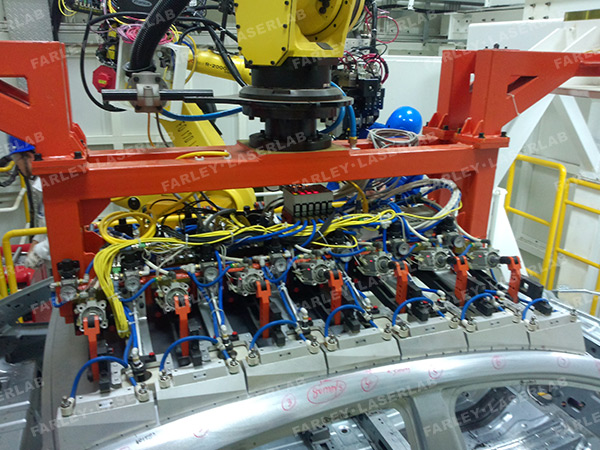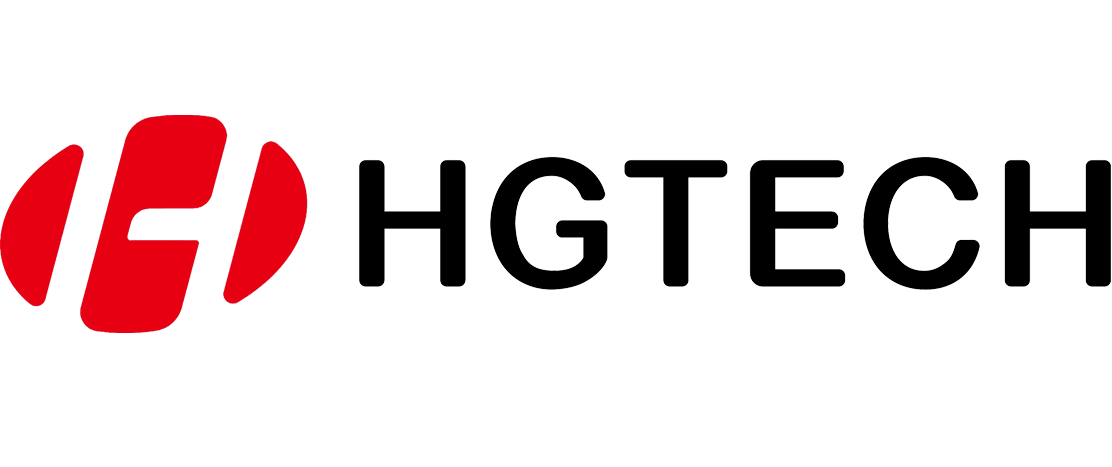Why choose laser welding
The application of laser welding technology in automotive manufacturing can effectively improve the accuracy and quality of welding, and plays an important role in promoting the improvement of automotive quality. Laser welding has become one of the important means in industrial manufacturing due to its advantages of high energy density, small deformation, narrow heat affected zone, high welding speed, easy implementation of automatic control, and no subsequent processing.

Laser fiber welding application
Previously, resistance spot welding was commonly used in the joint process of car roofs, side panels, and trunk lids. For example, in the joint between the roof and the body, a grooved roof connection section is set up for resistance spot welding. After the joint, in order to hide the grooves and welding marks of the connection section, decorative strips need to be used to cover it.
However, in “laser brazing”, the beauty of the base material can be maintained, so the processing of connecting parts, decorative strips, and other components and processes can be omitted. In addition, the strength and speed of the joint will become about twice that of resistance spot welding, which is mainly used in the automotive industry, whether in Europe or Japan, and is becoming more and more widely used.
Laser remote welding application
Laser remote welding technology has many advantages, mainly manifested in: high positioning accuracy, fast welding in a short time, and high welding efficiency; During the welding process, there will be no reaction with relevant fixtures, optical lenses, etc., resulting in contamination; Able to weld according to the actual structural strength requirements to form the required weld shape; The overall production efficiency is high and can adapt to the welding needs of a large number of automotive components. At present, this technology is mainly applied to the doors, side walls, and other aspects of automobiles.
Application of Laser Composite Welding
Laser composite welding connects the laser beam with the arc, and compared to individual laser welding, the molten pool area formed by laser composite welding is larger. Therefore, parts with larger gaps can also be welded. The arc welding process has the advantages of low cost, good root gap connection ability, and the ability to affect its microstructure by adding filler materials. Laser welding technology has the characteristics of large penetration depth, high welding speed, low heat load, and narrow weld seam. When welding metal workpieces, the deep penetration welding effect of laser welding mainly depends on the laser beam density. Therefore, parts with increasing wall thickness can be welded by providing sufficient laser power. Laser composite welding can adapt to various welding requirements and is therefore widely used in the manufacturing of automotive bodies. In the next issue, we will explain in detail the specific process of laser composite welding.

